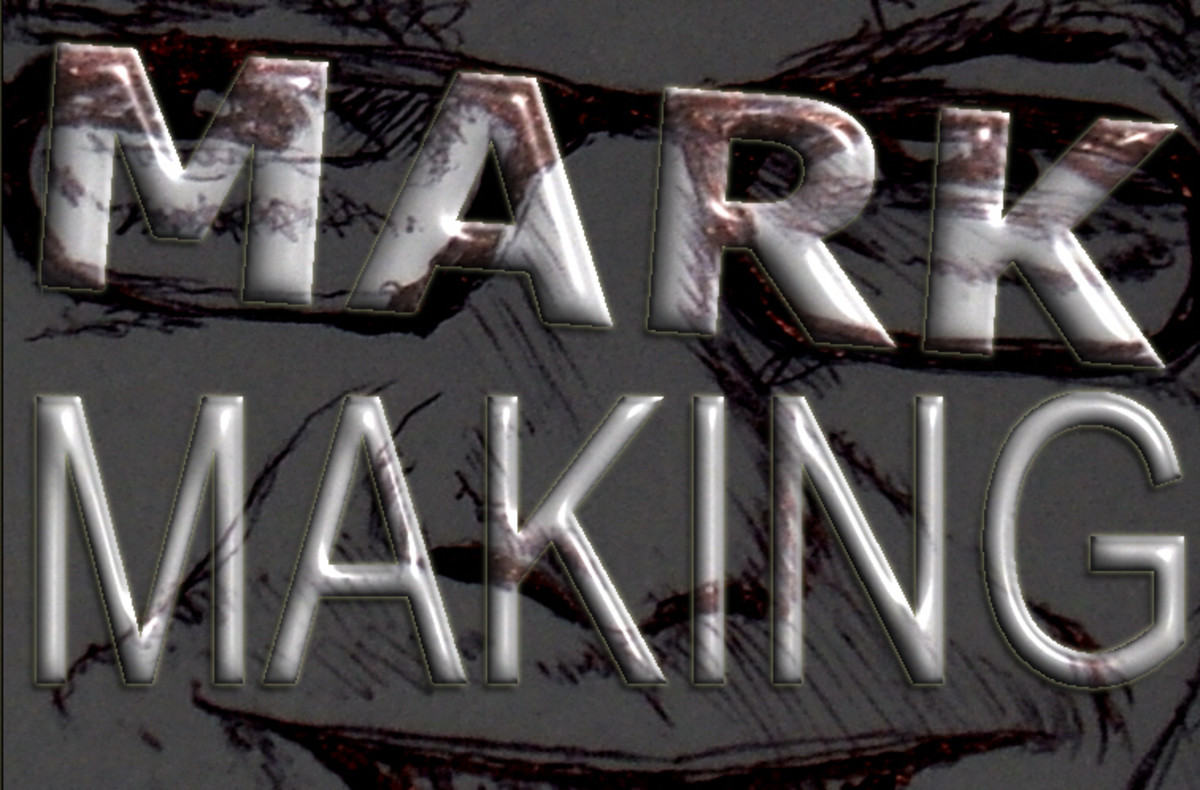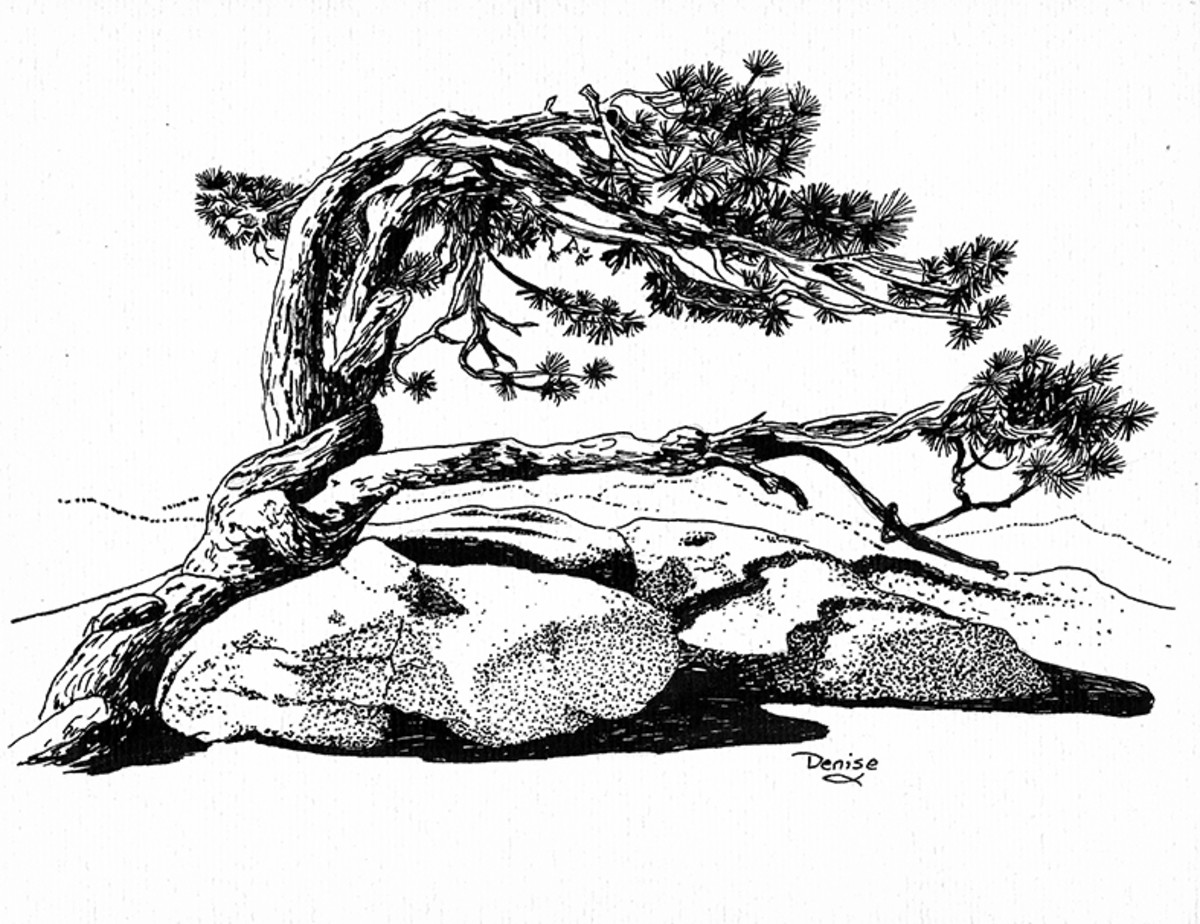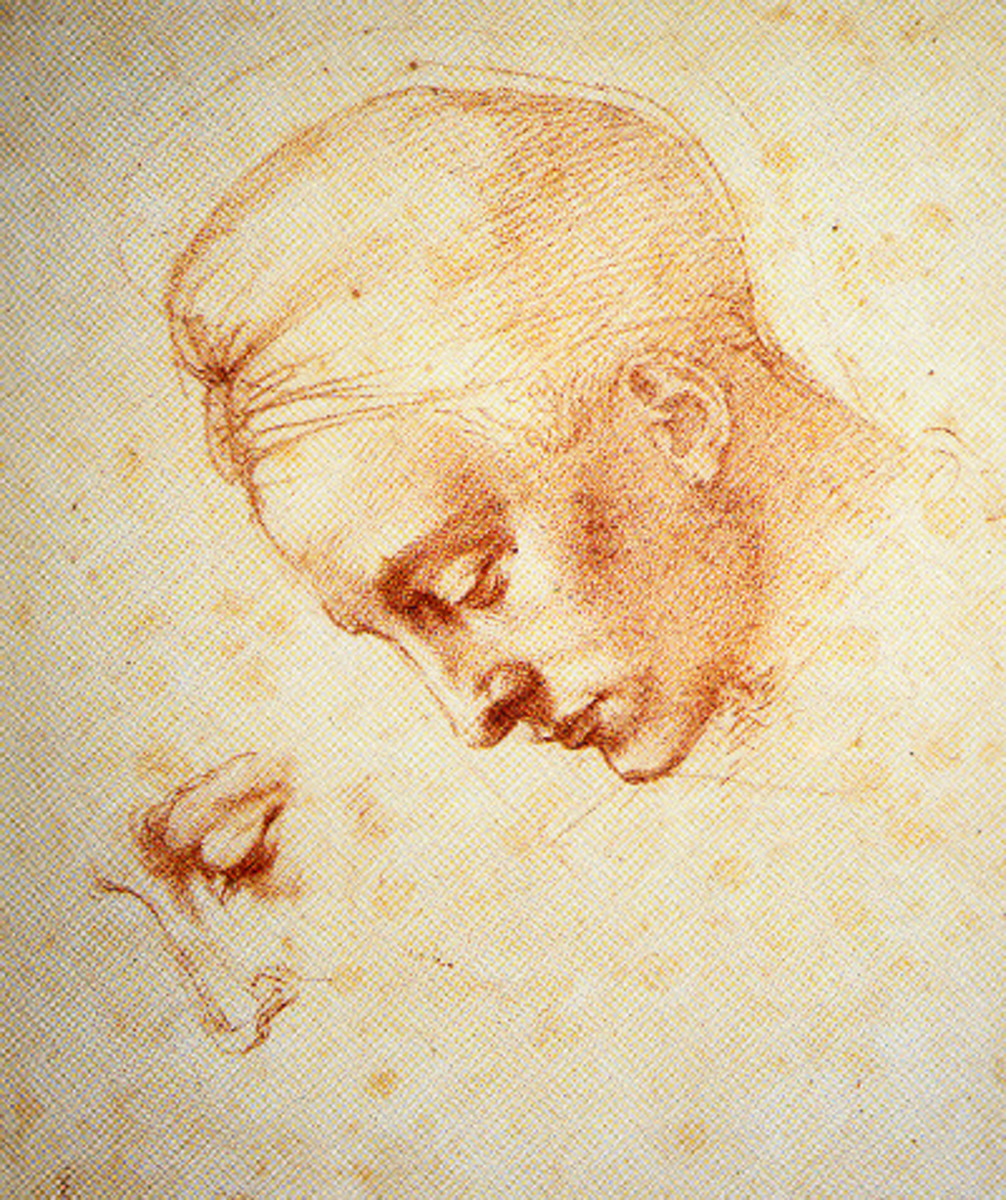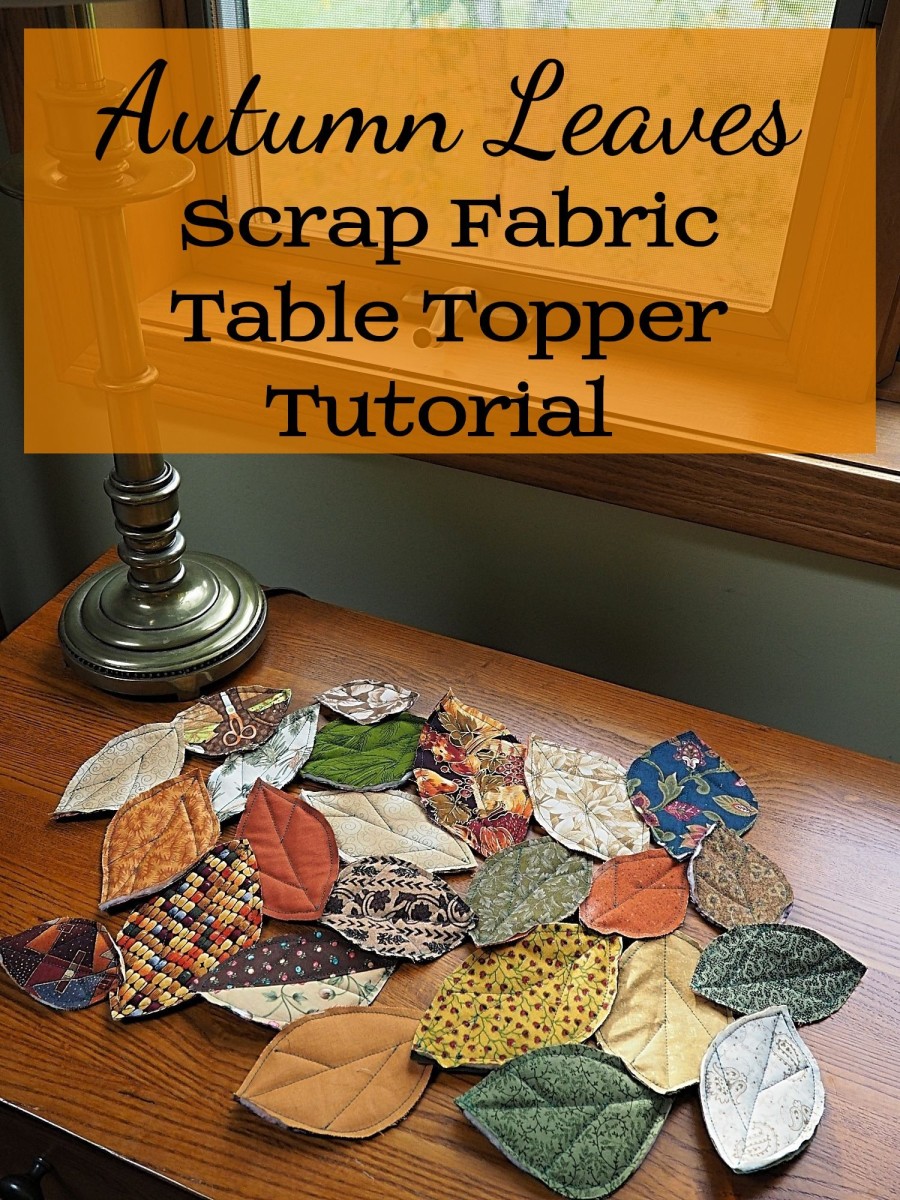Drawing Techniques
Drawing is the use of pencil, pen, charcoal, crayon, or a similar material to produce a picture or visual pattern. It is closely related to such graphic arts as calligraphy and engraving, which emphasize line and shape, rather than color. A drawing can be a work of art in itself. Drawings have also often been used as preliminary sketches for painting, sculpture, architecture, etching, tapestry, and other visual arts. In addition, engineering and many commercial arts, such as advertising, depend heavily on drawing.
The basis of all drawing is line. Line may be used in countless ways to represent images, movements, emotions, and thoughts visually. Each draftsman has his own distinct way of using line, just as each person has an individual handwriting that reflects his personality. In general, however, there are some common principles on which line drawing is based. Broad and heavy lines, for example, suggest emphasis when contrasted with delicate and light ones. Wavy diagonal lines often convey energetic movement, while smooth horizontal lines create a static effect. Contour lines enclose space and give the impression of solidity.
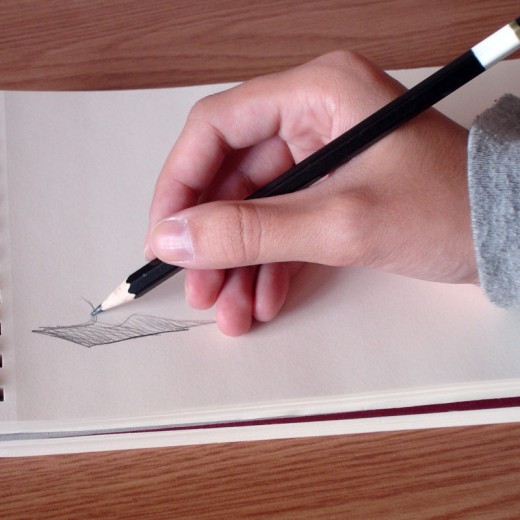
The other important elements of drawing include perspective, which is a
way of rendering the relationship of forms in space. Depth in space may
be conveyed in several ways, including linear perspective, in which
lines are made to converge on a point that is meant to appear in the
distance. The effect of three-dimensional space can also be created by
scaling the size of objects in proportion to their intended distance
from the viewer.
In rendering solid forms on a flat drawing
surface, the draftsman must record the effects of light on objects.
Three-dimensional forms can be rendered by variations of tone from dark
to light, or modeling. The draftsman may choose, however, to suggest
figure or object by merely indicating its bare outline, or contour. The
outline technique is used primarily in caricatures, cartoons, and
illustrations, but it has also been used in combination with color,
tone, and other graphic effects in great masterpieces of art.
Techniques of Drawing
Drawing includes a large number of techniques in a variety of media. Draftsmen have used pen and ink, pencil, brush, colored chalk, crayon, charcoal, and metalpoints. In addition to paper in various colors and textures, the surfaces for drawing have included walls, vellum, and parchment.
Charcoal and Chalk
One of the oldest drawing materials is charcoal, which was used by prehistoric man on the walls of caves. Charcoal produces broad, soft lines and tones ranging from light gray to black. It is better suited for broad and rapid sketching than for precise detail. Since charcoal is easily rubbed and erased, a fixative agent must be used to preserve the drawing. Many Venetian painters, including Titian and Tintoretto, used charcoal on tinted paper and indicated highlights with white chalk. Later examples of fine charcoal drawing include works by Honore Daumier.
Another common natural substance used in drawing is chalk, a soft stone found in white, gray, black, and sepia tones. Chalks were masterfully used by such artists as Matthias Griinewald, Leonardo da Vinci, Michelangelo, Andrea del Sarto, and Aristide Maillol.
Crayon
Crayon contains wax and is harder and less brittle than charcoal or chalk. The greasy quality of crayon makes possible rich and luminous effects. Crayon was used on colored paper in the drawings of Antoine Watteau. A type of pressed chalk crayon, called a pastel, was used as early as the 16th century. The 19th-century French artist Edgar Degas is famous for his brilliant pastel drawings of ballet dancers. A special hard crayon, conte, as well as the greasy crayon used in lithography, are often used for drawing on paper.
Metalpoint
Silver, lead, and other metals were widely used for drawing by 15th-century and 16th-century draftsmen. Metalpoints produced fine, crisp lines on specially prepared paper. Since erasure was impossible, they required great control and skill in handling. The metalpoint technique was convenient for sketches made on journeys, in place of ink, which might spill, and chalk, which might blur from being rubbed. The main characteristics of metalpoint drawing were clarity and a delicate gray tone. Diirer and Leonardo da Vinci did many fine metalpoint drawings.
Pencil
Although pencil was known in the 16th century, it did not become a widely used drawing material until the 19th century. Pencil contains graphite and is harder than charcoal or crayon. Its sharpened point, which wears down relatively slowly, can withstand considerable pressure and is capable of recording the subtlest variations of line. Among the masters of pencil drawings were three French artists, J. A. D. Ingres, Eugene Delacroix, and Edgar Degas.
Wash
As an adjunct to line, many draftsmen use the technique known as wash. A thin, watery coat of color, usually brown, gray, or black, is applied to particular areas to provide shadow or contrast for the lines. Wash is closely related to modern watercolor painting. Outstanding pen-and-wash drawings were made by Anthony Van Dyck, Claude Lorrain, Giovanni Battista Tiepolo, and Rembrandt van Rijn.
Brush
The brush can be used for both line and wash drawing. Ink is the usual material used with the brush, especially in the Far East, where brush drawing has had its richest development. Chinese brush-and-ink masters of the Sung period, for example, were among the world's greatest draftsmen. Western artists who excelled at brush drawing include Rembrandt, Francisco de Goya, and Edouard Manet.
Pen and Ink
In combination with the brush method, pen and ink is one of the most popular drawing techniques in the West. Pen and ink was commonly used during the Middle Ages for drawing on parchment and in the preparation of manuscript miniatures before the addition of color. The main types of pens employed for drawing are reed, quill, metal, and felt-point pens. Many kinds of inks have been used, including common writing ink. Renaissance artists often used brown bistre ink for wash drawings, and in the 19th century another dark-brown ink, called sepia, became popular. Black India ink, also known as Chinese ink, has been widely used in modern times. A wide variety of colors are available in commercial inks. Among the greatest masters of pen drawing in Western art have been Pisanello, Sandro Botticelli, Leonardo da Vinci, Rembrandt, Vincent Van Gogh, and Pablo Picasso.
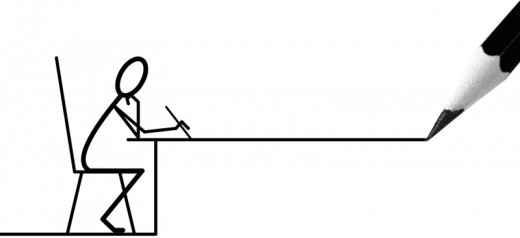
This content is accurate and true to the best of the author’s knowledge and is not meant to substitute for formal and individualized advice from a qualified professional.
© 2010 Bits-n-Pieces

